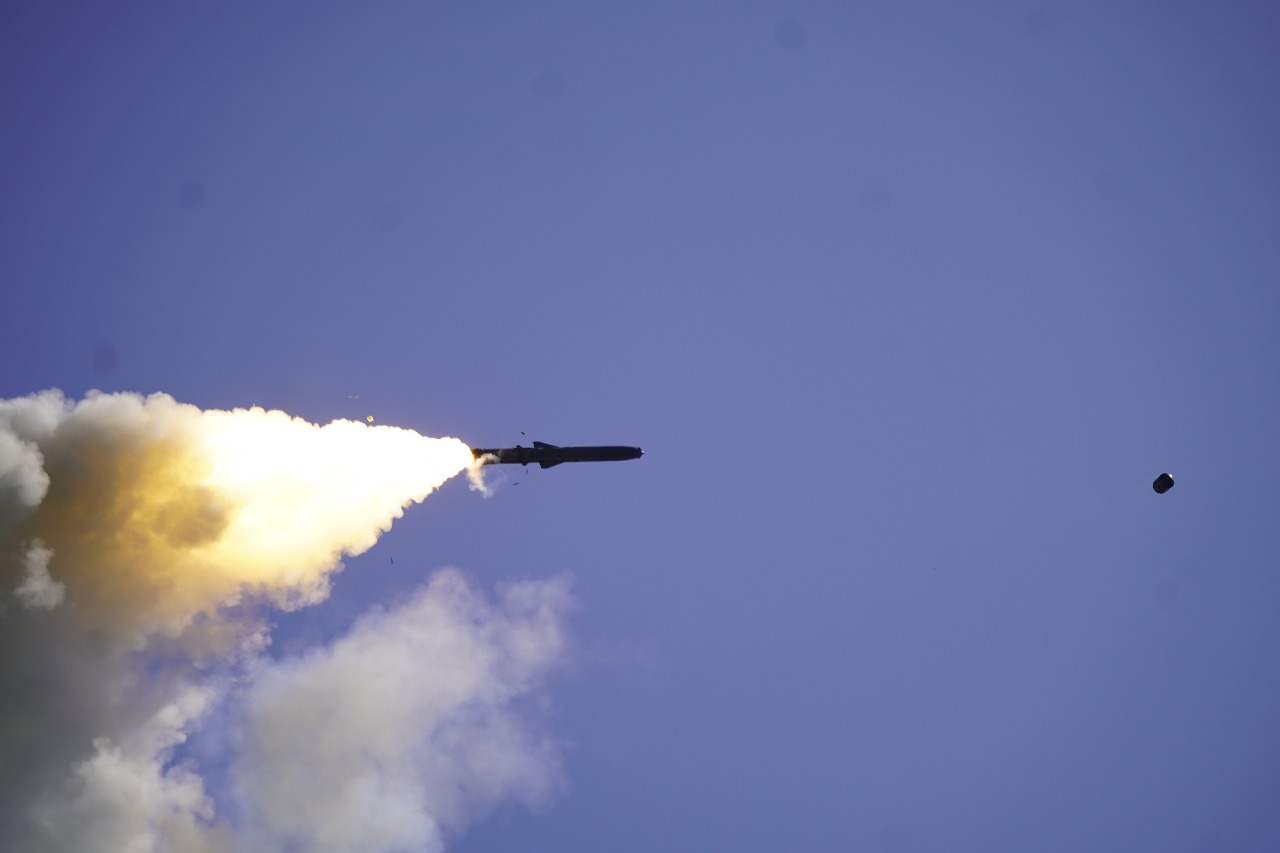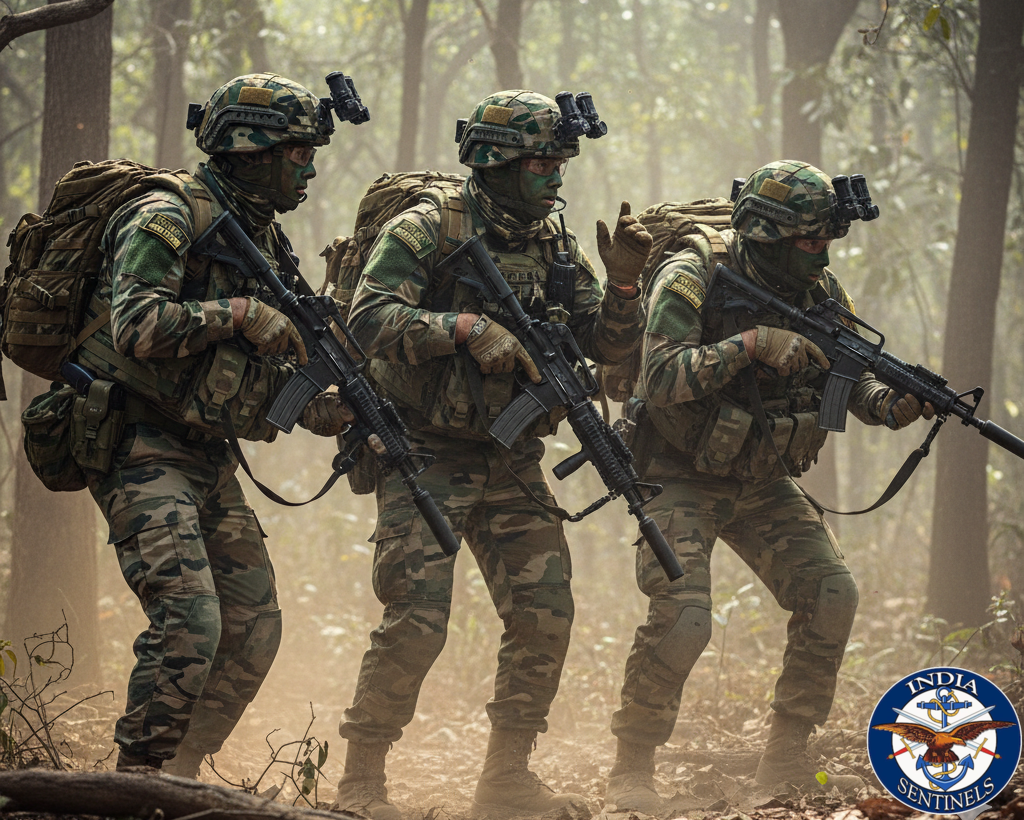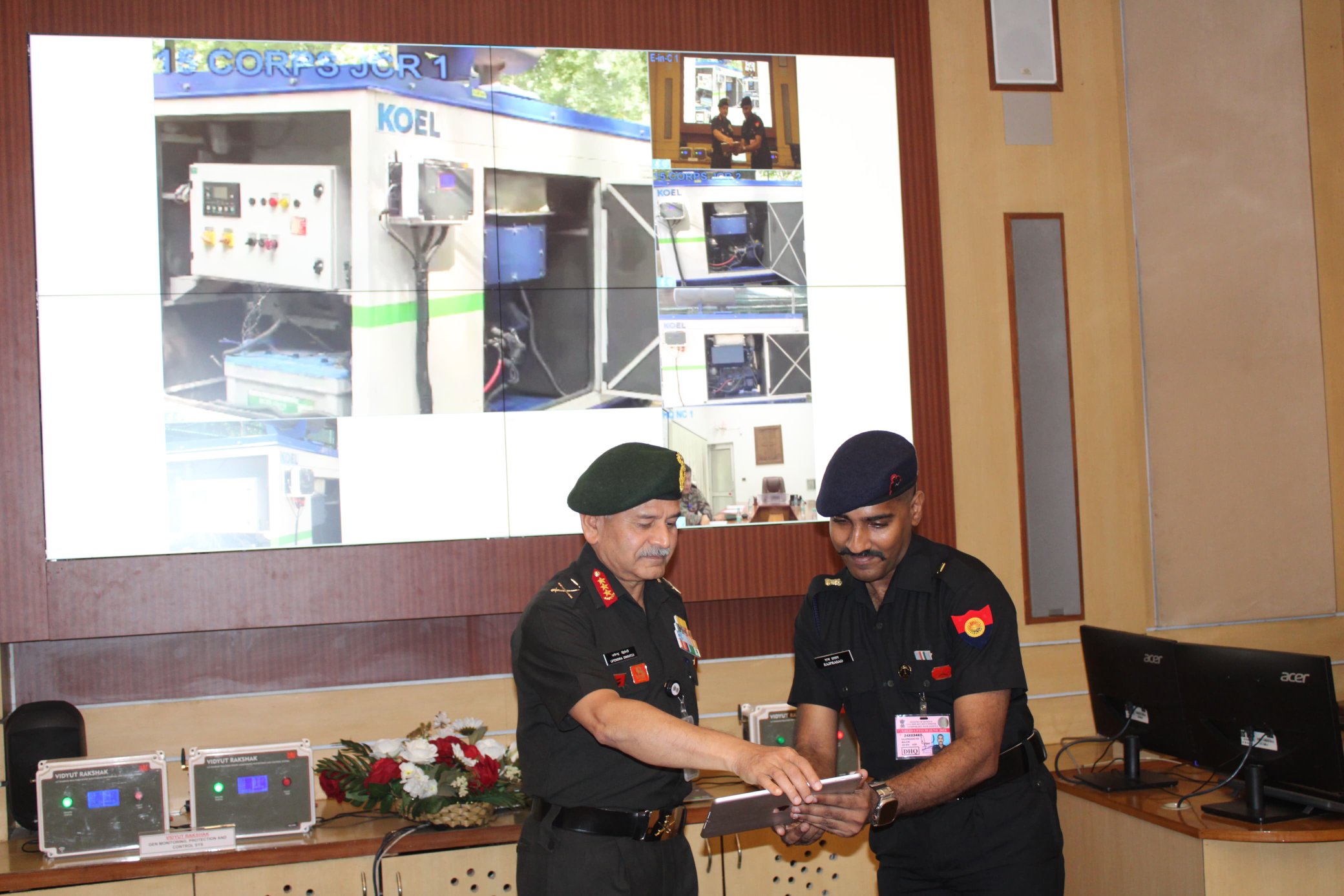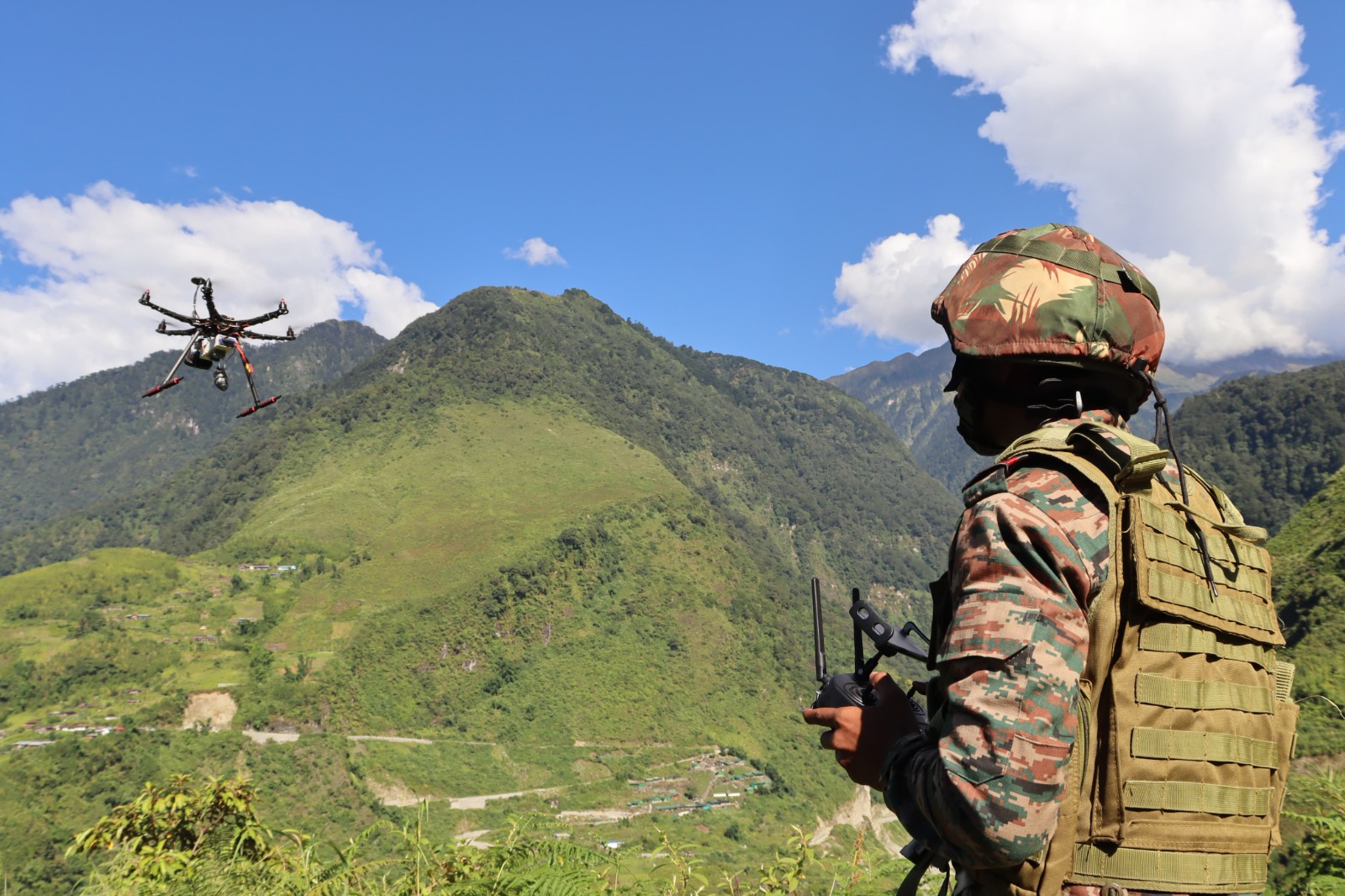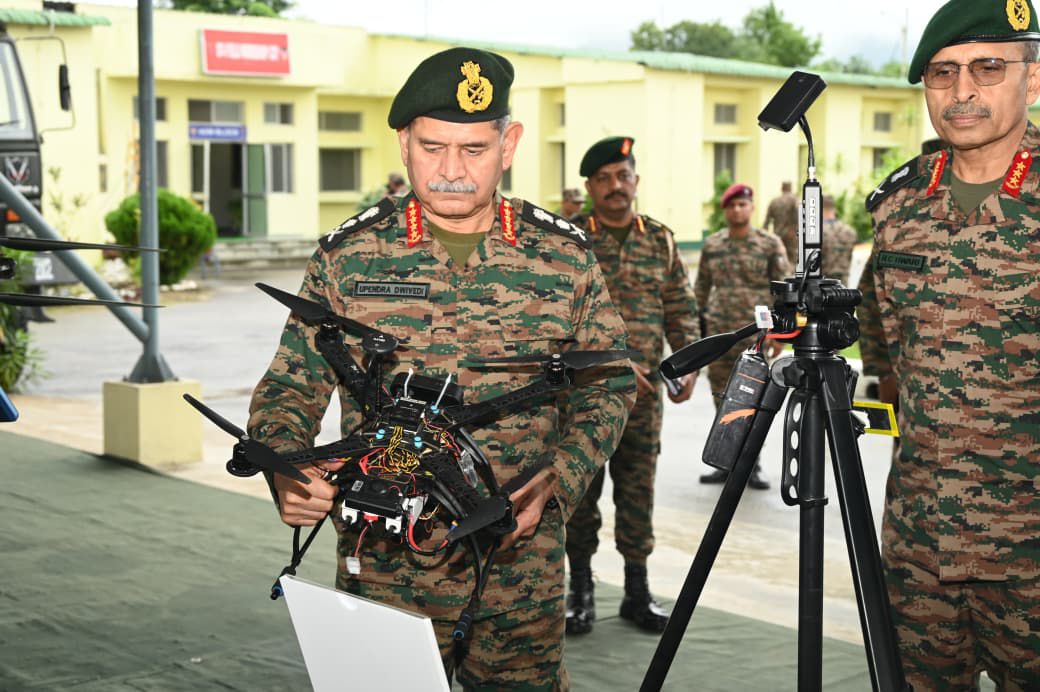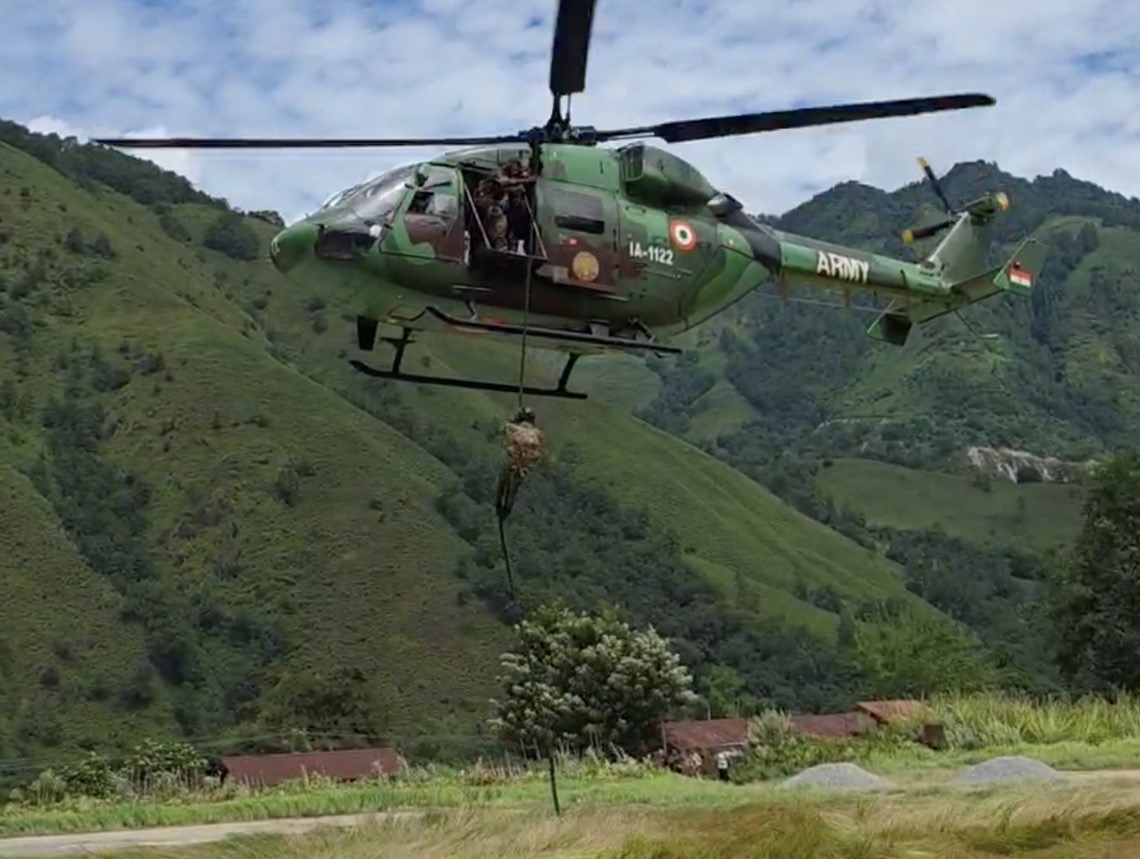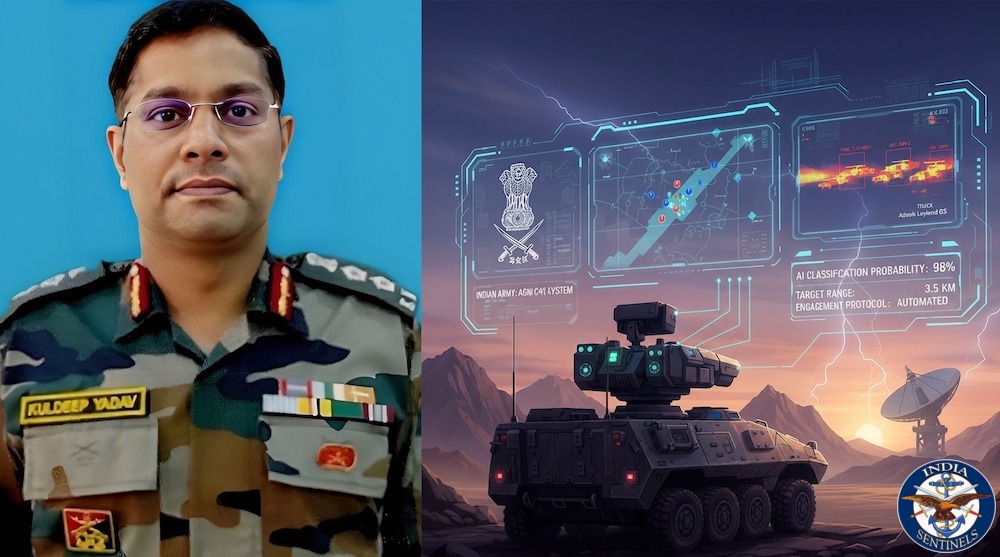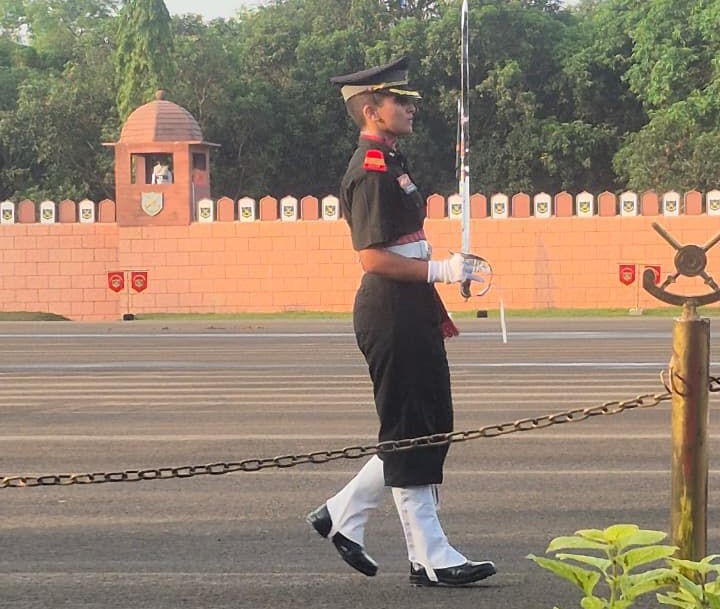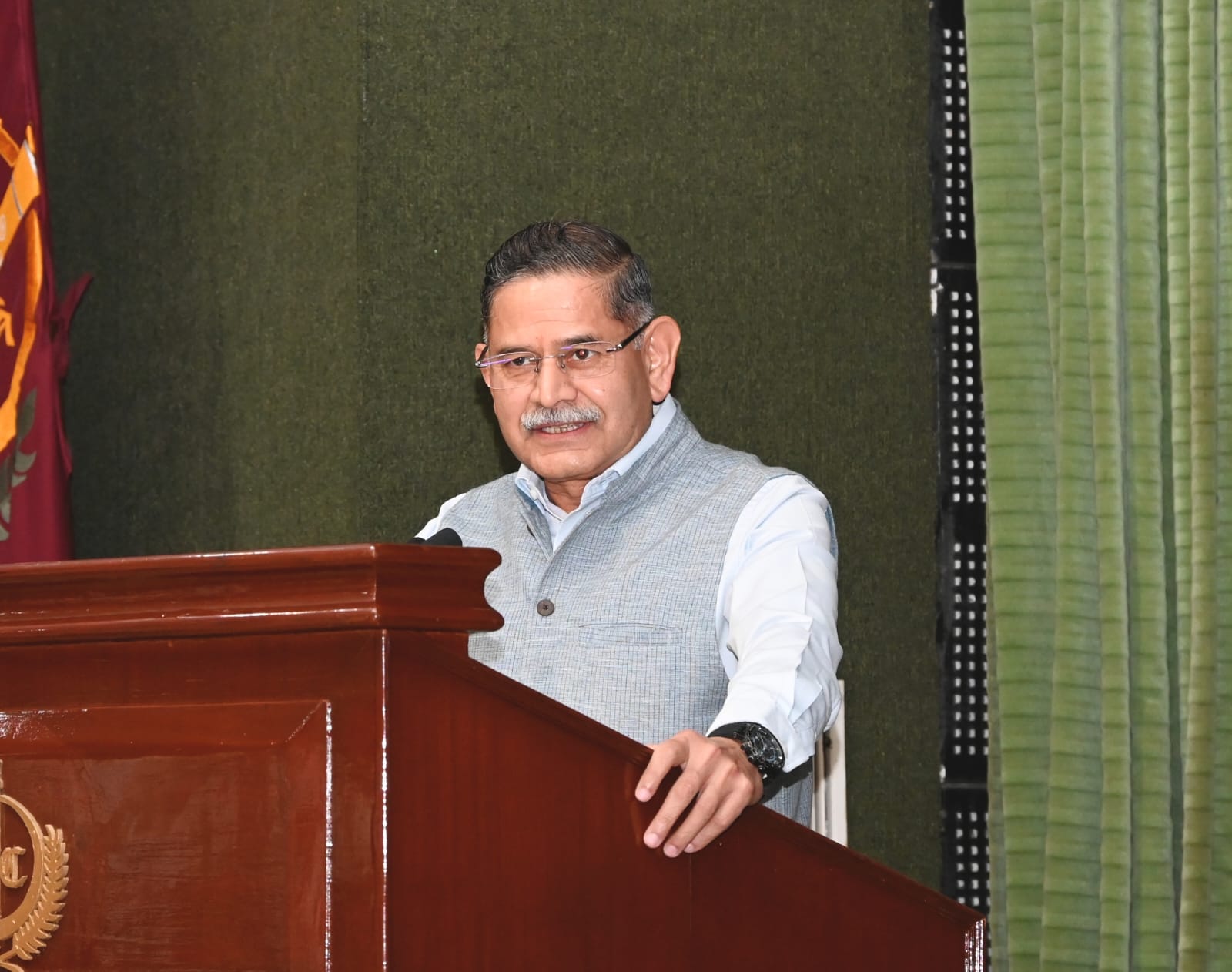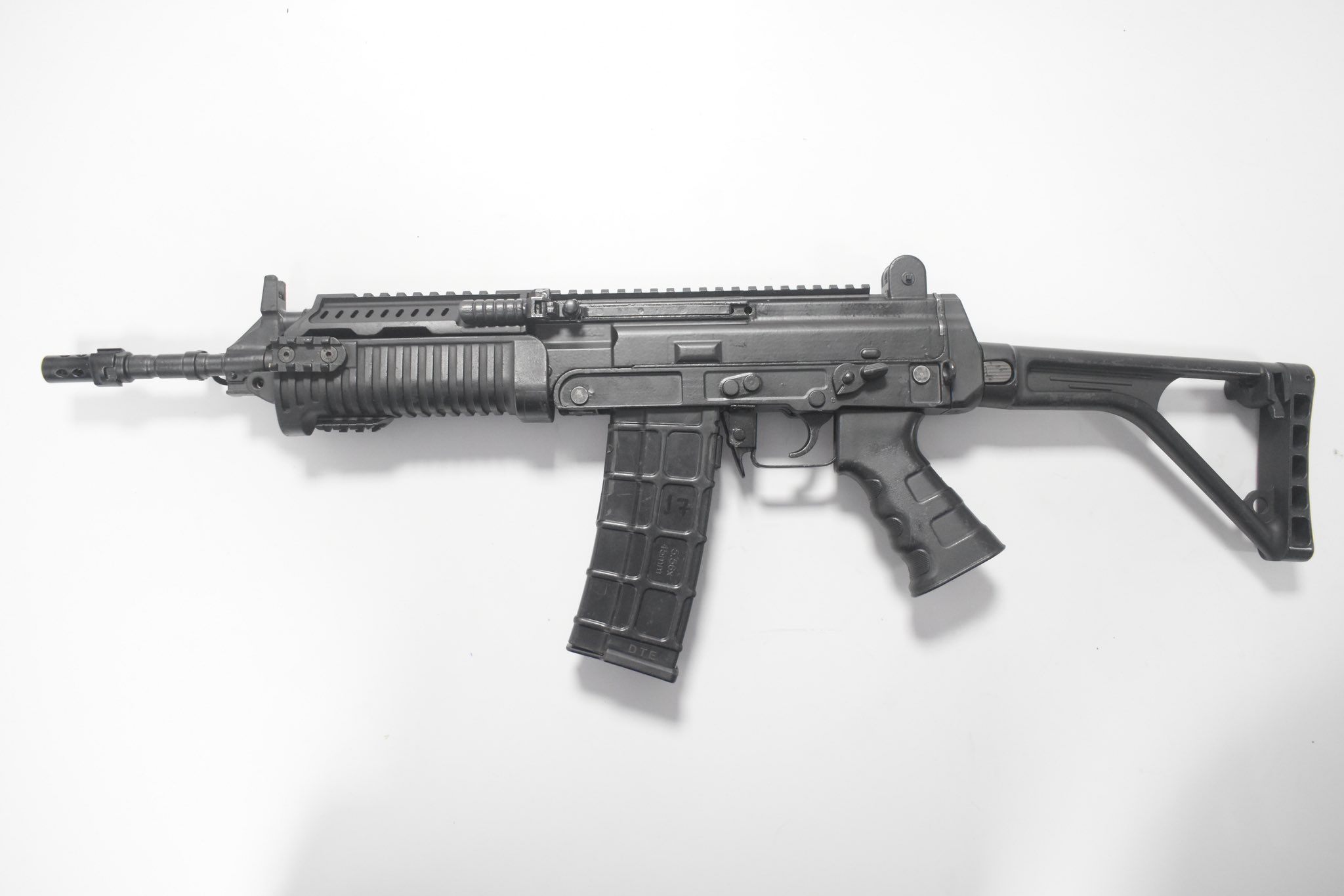 A photo of the new close-quarter battle carbine, released by the DRDO.
A photo of the new close-quarter battle carbine, released by the DRDO.
New Delhi: The Indian Army will begin receiving 425,000 close-quarters battle carbines under a ₹27,770 crore contract signed last month, with deliveries scheduled to start in September 2026 and conclude by 2028.
The contract for 5.56 x 45mm CQB carbines was awarded to two domestic manufacturers – Bharat Forge, a subsidiary of Kalyani Strategic Systems, and PLR Systems, a joint venture between the Adani Group and Israel Weapon Industries.
Under the agreement, Bharat Forge will supply 60 per cent of the total order, while PLR Systems will provide the remaining 40 per cent. Lieutenant General Ajay Kumar, director general of the Army’s Infantry wing, confirmed the two-year delivery timeline.
The procurement follows an “acceptance of necessity” (AoN) issued by the defence ministry in 2022, which specified the requirement for 425,213 units of 5.56 x 45mm CQB carbines under the “Buy (Indian)” category. This category mandates that products must either be indigenously designed, developed and manufactured with at least 50 per cent indigenous content by cost, or have 60 per cent indigenous content if not domestically designed.
Technical specifications outlined in the AoN require the carbines to have an effective range of at least 200 metres and include a bayonet with a minimum blade length of 120mm with appropriate covering. The weapons must not exceed 3 kilograms when measured without magazine and accessories.
CQB carbines are compact, lightweight weapons designed specifically for urban warfare, close-range engagements and counter-terrorism operations. Their reduced size compared to standard rifles offers enhanced manoeuvrability in confined spaces whilst maintaining operational effectiveness.
The induction will replace the Army’s ageing 9 x 19mm Sterling carbines, which have been in service for over two decades, as India Sentinels had reported earlier. The Sterling submachine gun, originally designed in the 1940s by British engineer George William Patchett, is widely regarded as obsolete for contemporary close-quarter combat scenarios, particularly in urban and counterinsurgency environments where modern tactical requirements demand greater accuracy, range and versatility.
The modernization programme represents a significant step in the army’s ongoing efforts to upgrade its infantry capabilities with domestically manufactured weaponry, aligning with the government’s push for self-reliance in defence production.

